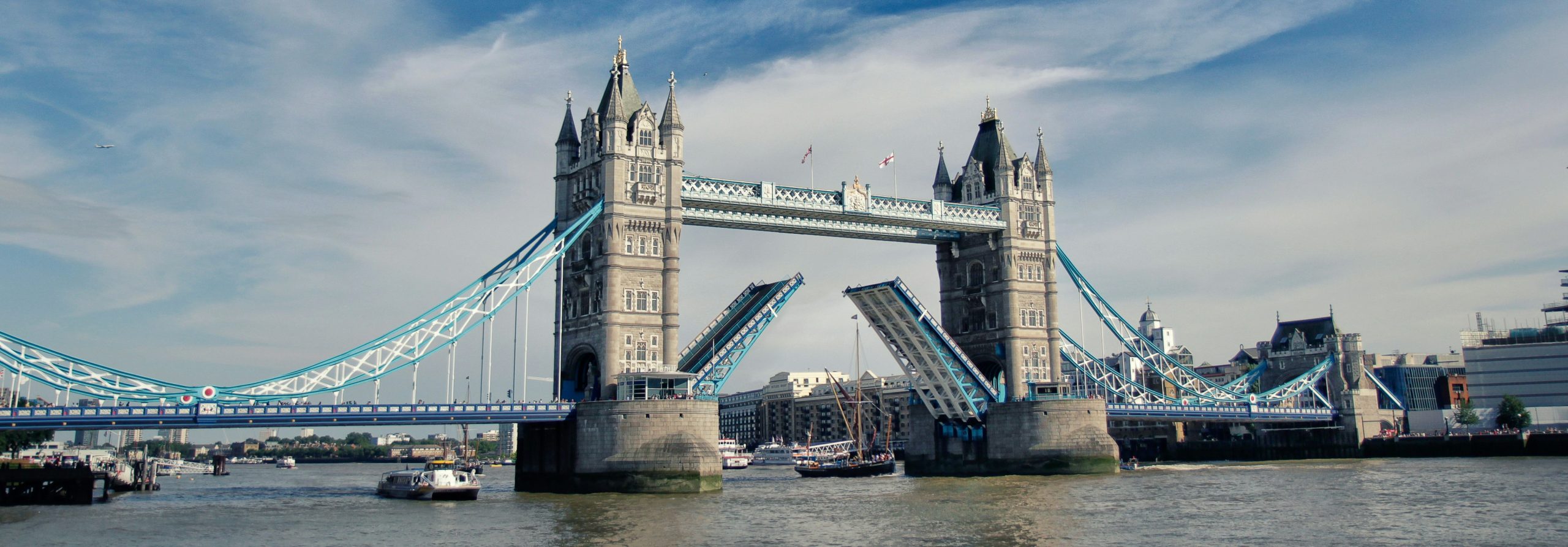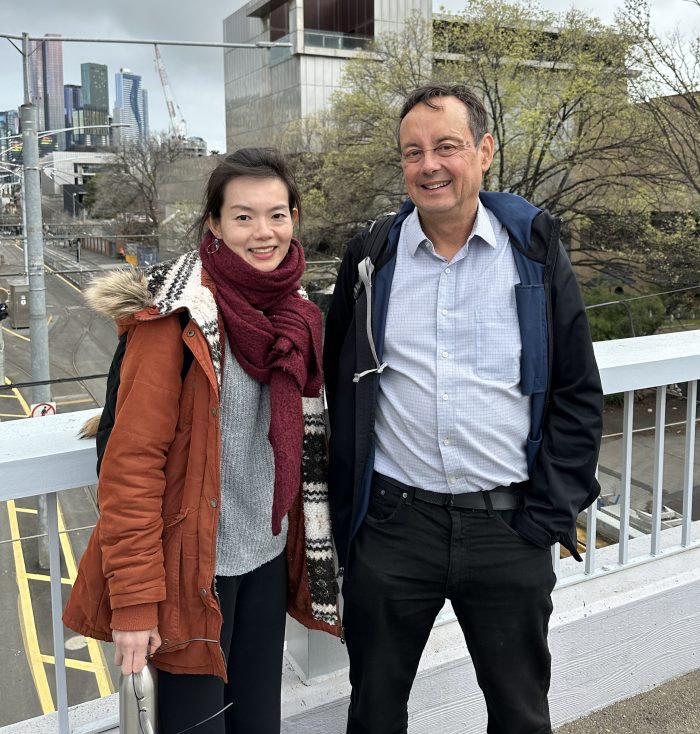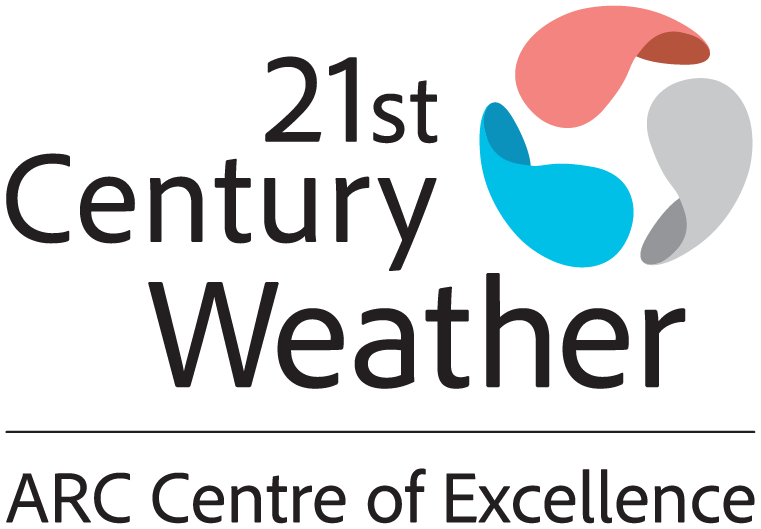
Partner profile: Humphrey Lean (Met Office)
Tapping into local knowledge can be the key to any successful journey, and the same rule applies when it comes to building more accurate climate and weather models.
Research organisations across the globe are seeking to better understand the mechanisms governing our atmospheric dynamics, ranging from planetary-scale interactions right down to local conditions.
Among them is the Met Office, the United Kingdom’s national weather and climate service, where Dr Humphrey Lean – a recent visitor to 21st Century Weather – knows the value of drawing on regional speciality and experience.
“The different meterology services have different scientific challenges, because the weather is different in different parts of the world,” he said, during a visit that has also taken him to collaborators in Singapore and New Zealand.

“From a modelling point of view, the physics of the atmosphere is the same everywhere. And so you say, ‘Well, surely your model should work anywhere in the world’. And of course, in practice, it doesn’t, because there are different assumptions built into different models according to the part of the world you’re in.
“If you’re running a global model it has to work satisfactorily over the whole world. So it’s very important to have knowledge exchange, because different foci and skill sets in different organisations are very useful.
“This is why the Met Office develops its modelling system in partnership with a number of partners around the world, the Momentum Partnership.”
Humphrey visited 21st Century Weather’s members based at the University of Melbourne, where he provided an update on the Met Office’s progress in convective-scale and urban-scale modelling. Convection refers to the vertical transport of heat and moisture in the atmosphere.
“When I say convective-scale models, we mean getting down to kilometre scales,” he said.
“Then you can start to resolve, for example, a thunder cloud.
“It’s a bit like the pixels in a digital camera – the finer you have them, the more detail you can get.
“But then the trade off is that you have to have a lot more grid boxes, and it takes a lot more computer power to run the model.”
While convective or kilometre-scale modelling is impressive and requires considerable computing power, even more demanding is the cutting-edge, urban-scale modelling being worked on by the Met and other organisations.
“You can even go down to 100-metre scales, and actually start to do forecasts of how the weather varies across the city,” Humphrey said.
“So if it’s cooler in a park, for example, or if it’s cooler by the river, you can start to understand that a bit more, and that’s very important … for understanding impacts.”
The extent to which advanced urban-scale modelling can be conducted is limited by the computational cost of the programs, and requires a compelling justification to deploy. But recent advances in data science could help to reduce those barriers.
“AI and machine learning are already showing great potential,” Humphrey said.
“A lot of work has gone into the modelling systems we have, and we’re not going to throw those away. But AI has huge potential. Some models are too expensive to run. You might be able to train AI on a big data set to avoid running the large models routinely.
“It would be interesting to go forward 20 years and see the impact of AI on the field. Hopefully it’s something that will be used as an opportunity to do things we couldn’t before.”
